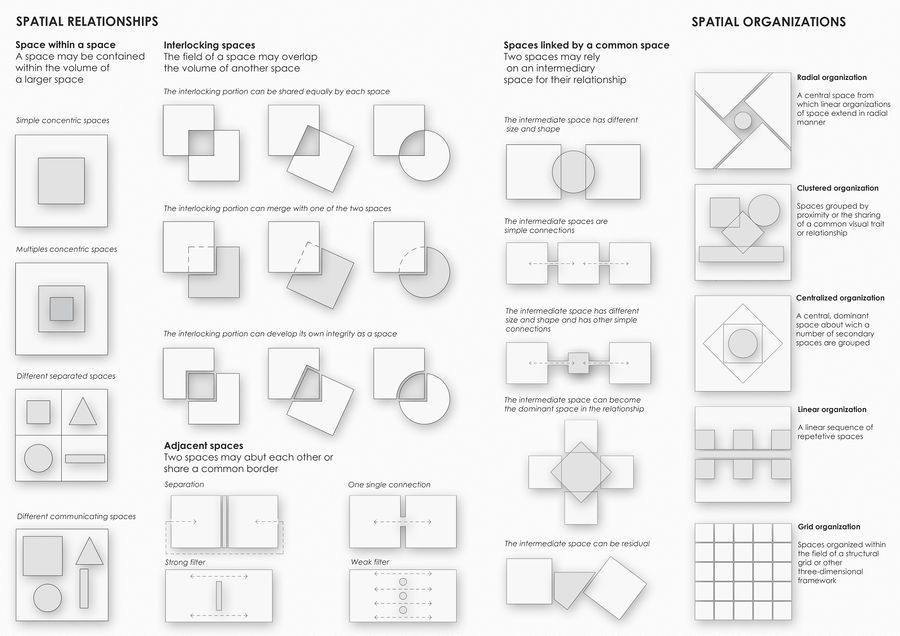atom06:Work overview
From student
(Difference between revisions)
| Line 25: | Line 25: | ||
##Concept: [http://en.wikipedia.org/wiki/Embodied_cognition Embodied cognition] | ##Concept: [http://en.wikipedia.org/wiki/Embodied_cognition Embodied cognition] | ||
| − | #economist and nobel laureate Amartya Sen (Identity and Violence) | + | #economist and nobel laureate [http://en.wikipedia.org/wiki/Amartya_Sen Amartya Sen] ([http://www.guardian.co.uk/books/2006/aug/05/highereducation.shopping1 Identity and Violence]) |
| − | #artist researcher Olafur Eliasson (The Weather Project) | + | #artist researcher [http://en.wikipedia.org/wiki/Olafur_Eliasson Olafur Eliasson] ([http://www.olafureliasson.net/ Projects]: The Weather Project) |
| − | #Neurobiologist Semir Zeki (Artistic | + | #Neurobiologist [http://en.wikipedia.org/wiki/Semir_Zeki Semir Zeki] ([http://www.sciencemag.org/content/293/5527/51.full Artistic Creativity and the Human Brain]) |
| + | ##Concept[http://en.wikipedia.org/wiki/Neuroesthetics Neuroesthetics] | ||
| Line 46: | Line 47: | ||
# How does it change by the effect of users? | # How does it change by the effect of users? | ||
# How to map the users? Diagrammatically, with sensors etc. | # How to map the users? Diagrammatically, with sensors etc. | ||
| + | |||
| + | === Possible usergroups === | ||
| + | # Students | ||
| + | ** activity 11 | ||
| + | ** activity 2 | ||
| + | # Residents | ||
| + | # Science center (workers, visitors, ...) | ||
| + | # Architecture department (tutors, personnel) | ||
| + | # Botanical garden | ||
| + | # Duwo | ||
Revision as of 12:04, 16 September 2011
here you will find our latest work overview (week 2)
(you can always click on the weeks to go back to entries of previous weeks)
The diagrams relate to relationships and organizations of space according to F.D.K. Ching
Before actually deciding on who is going where with what purpose, these diagrams show the possibilities of any interaction. With this information we can look at the needs and demands of the various actors in our area. From this we can extrapolate a fitting brief, which we can mold within the possibilities of interaction via the relationships and organizations of the space. The (Inter)action of systems will be the key of our project.
Contents |
Artist & Technology
- biologist Francesco Varela (The Embodied Mind)
- Concept: Embodied cognition
- economist and nobel laureate Amartya Sen (Identity and Violence)
- artist researcher Olafur Eliasson (Projects: The Weather Project)
- Neurobiologist Semir Zeki (Artistic Creativity and the Human Brain)
- ConceptNeuroesthetics
Mapping users activities
- Map the users
- Map their current & possible activities
- Identify
- How to connect users
- Find matching activities
- Match the users by their activities
- Connecting activities form the interaction and program
- The program (list of activities) is organised / mapped
Questions
- How does it change by the effect of users?
- How to map the users? Diagrammatically, with sensors etc.
Possible usergroups
- Students
- activity 11
- activity 2
- Residents
- Science center (workers, visitors, ...)
- Architecture department (tutors, personnel)
- Botanical garden
- Duwo
